Groundwater has been largely unstudied in its importance and role in sustaining ecosystems.
Tag: Wetlands
Methane Emissions from Wetlands Increase Significantly over High Latitudes
Wetlands are Earth’s largest natural source of methane, a potent greenhouse gas that is about 30 times more powerful than carbon dioxide at warming the atmosphere. A research team analyzed wetland methane emissions data across the entire Boreal-Arctic region and found that these emissions have increased approximately nine percent since 2002.
Illinois expert argues Ancient Maya reservoirs offer lessons for today’s water crises
University of Illinois anthropology professor Lisa Lucero argues in a paper published in the Proceedings of the National Academy of Sciences that ancient Maya reservoirs, which used aquatic plants to filter and clean the water, “can serve as archetypes for natural, sustainable water systems to address future water needs.” The Maya built and maintained reservoirs that were in use for more than 1,000 years, providing potable water for thousands to tens of thousands of people in cities during the annual, five-month dry season and in periods of prolonged drought.
‘Coastal Squeeze:’ Massive Loss of U.S. Coastline Tidal Flats Over 31 Years
The entire contiguous U.S. has experienced massive urban expansions and the Atlantic Coast shows outstandingly high rates. Urban expansion has substantially squeezed the space of tidal flats and affected surrounding environments. In new urban areas, tidal flats have undergone considerable degeneration with more significant patterns as they get closer to new urban locations. Tidal flats protect against the ocean’s destructive powers such as hurricanes. Without some inland spaces to move around, they will likely disappear, which will have dire consequences for beachfront communities.
Supreme Court will ultimately determine future of Clean Water Act, Tulane expert says
In the latest development in nationwide disputes over the scope of the Clean Water Act, a federal judge in North Dakota has issued a preliminary injunction that blocks a Biden Administration rule over which waters can be regulated. The ruling…
Upcoming Supreme Court ruling could dramatically limit Clean Water Act, Tulane expert says
The U.S. Supreme Court could soon rule on a challenge to the Clean Water Act, dramatically affecting the quality of the nation’s waterways. Haley Gentry, a water law expert at the Tulane University Law School, says that if the high…
New concerns for inland wetlands
New research led by Flinders University is renewing calls to protect the source of water and aquifers supporting the ecologically significant Doongmabulla Springs Complex in central Queensland from a proposed Carmichael coal mine in the Galilee Basin.
Microbial respiration with iron
Microbes “breathing in rust” plays an important role in soils
BIODIVERSITY RESEARCH INSTITUTE ANNOUNCES NEW CONSULTING DIVISION: BRI ENVIRONMENTAL
Biodiversity Research Institute announces the formation of its new environmental consulting services division—BRI Environmental offering a full suite of services for evaluating and permitting renewable energy development projects, infrastructure projects, marine installations, as well as residential and commercial development.
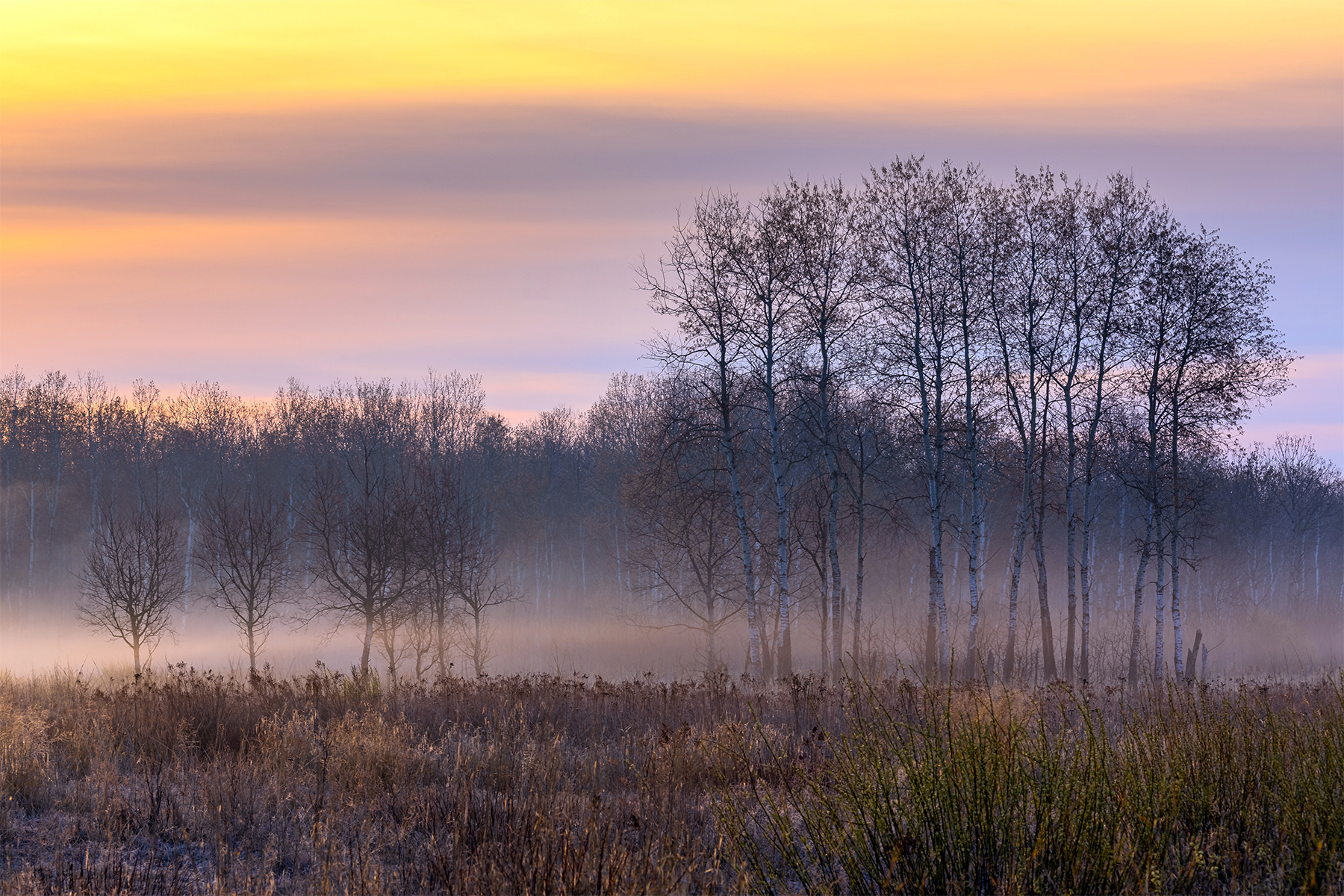
Restoring wetlands near farms would dramatically reduce water pollution
Study examines the positive effects of wetlands on water quality and the potential for using wetland restoration as a key strategy for improving water quality, particularly in the Mississippi River Basin and Gulf of Mexico regions
Rutgers Expert Can Discuss 10 Ways to Adapt to Coastal Flooding
New Brunswick, N.J. (Oct. 14, 2020) – Rutgers coastal expert Vanessa Dornisch is available for interviews on 10 steps residents can take to prepare for sea-level rise and adapt to increased coastal flooding. Dornisch, coastal training program coordinator at the…
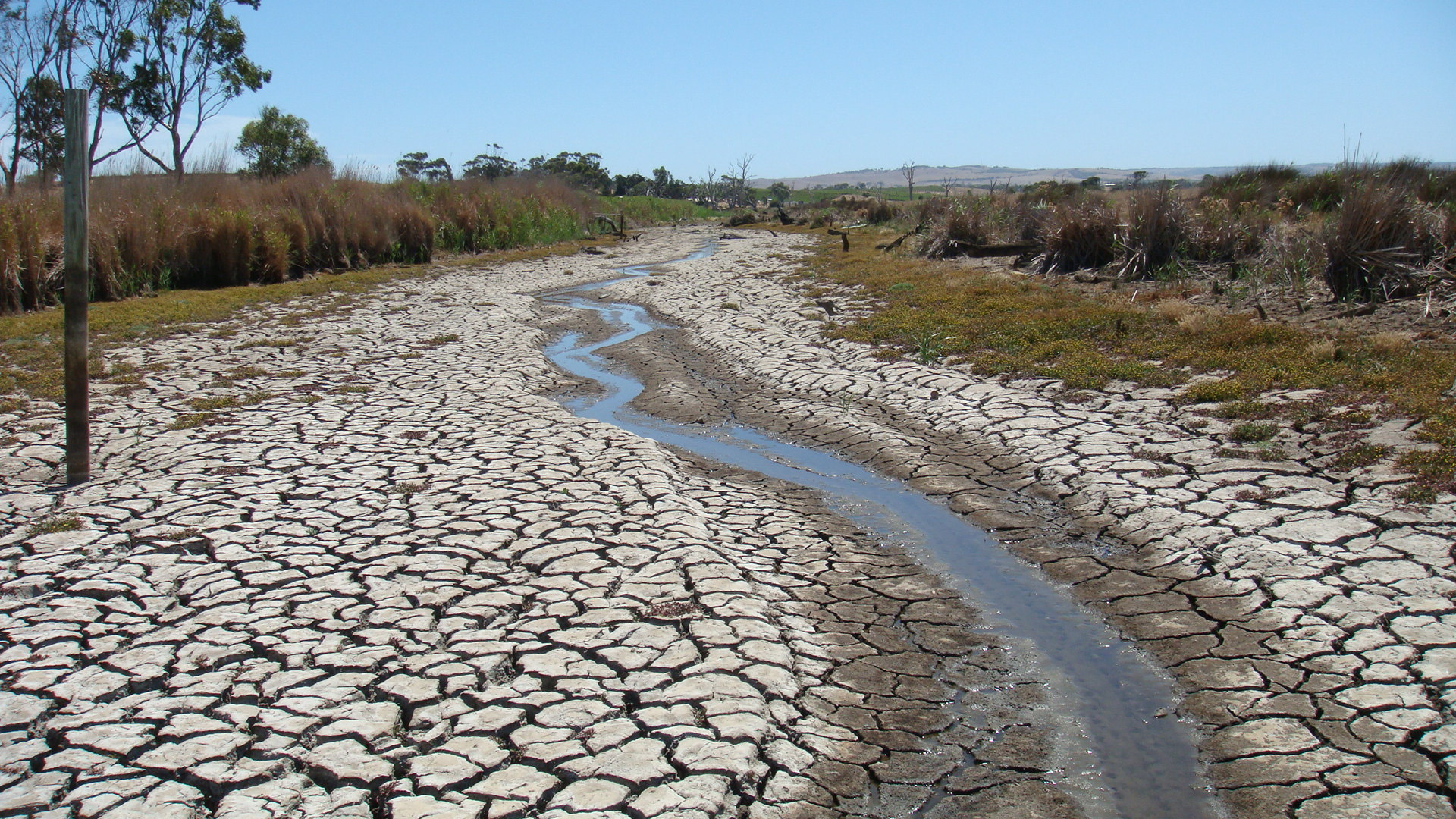
Droughts are threatening global wetlands: new study
University of Adelaide scientists have shown how droughts are threatening the health of wetlands globally. Published in the journal Earth-Science Reviews, the scientists highlight the many physical and chemical changes occurring during droughts that lead to severe, and sometimes irreversible, drying of wetland soils.
Lectureship speakers for ASA-CSSA-SSSA meeting announced
Theme of the all-virtual meeting is Translating Visionary Science to Practice
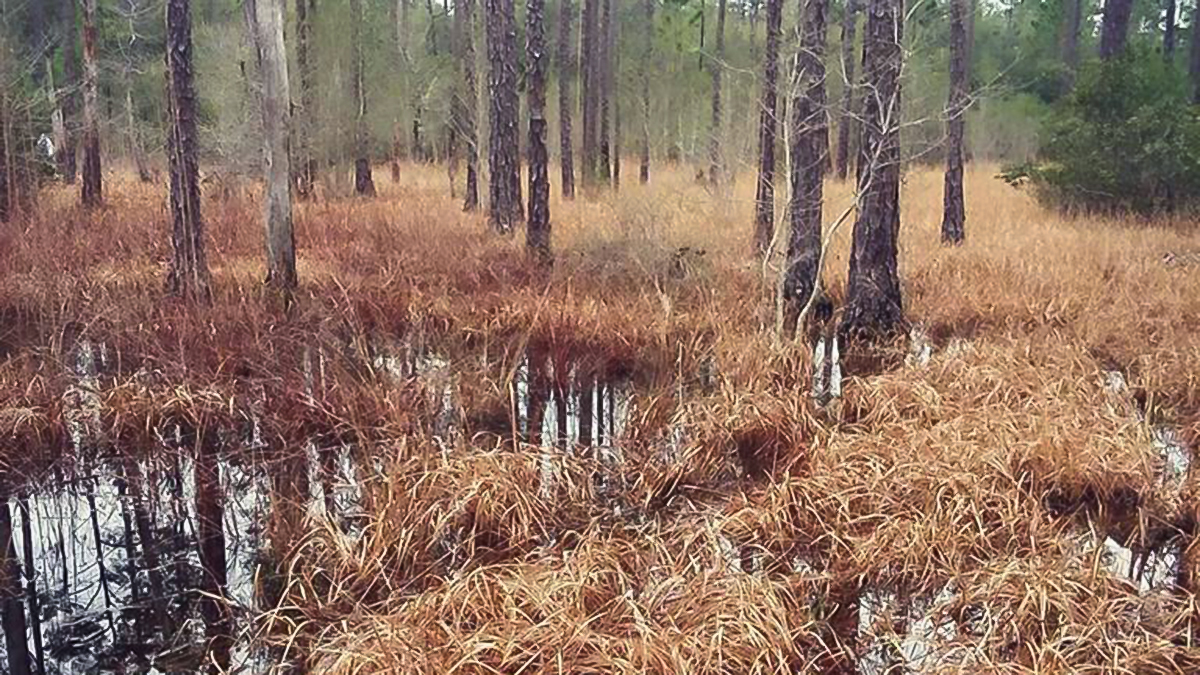
How are wetland plants and soils different from drier soils?
Wetlands are characterized by saturation levels, hydric soils, and hydrophytic plants
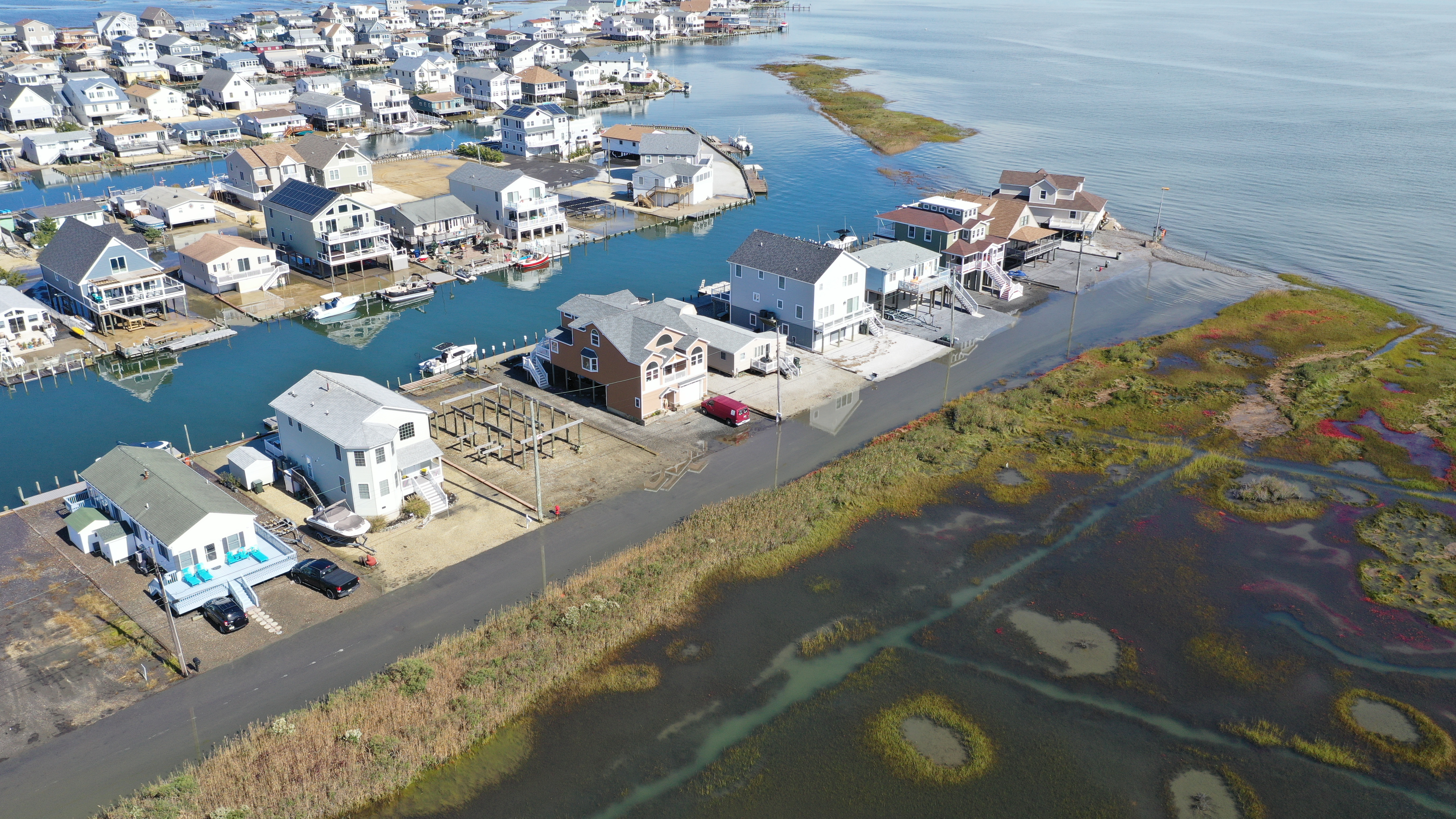
Land Development in New Jersey Continues to Slow
Land development in New Jersey has slowed dramatically since the 2008 Great Recession, but it’s unclear how the COVID-19 pandemic and efforts to fight societal and housing inequality will affect future trends, according to a Rutgers co-authored report. Between 2012 and 2015, 10,392 acres in the Garden State became urban land. That’s 3,464 acres a year – far lower than the 16,852 acres per year in the late 1990s and continuing the trend of decreasing urban development that began in the 2008 Great Recession.
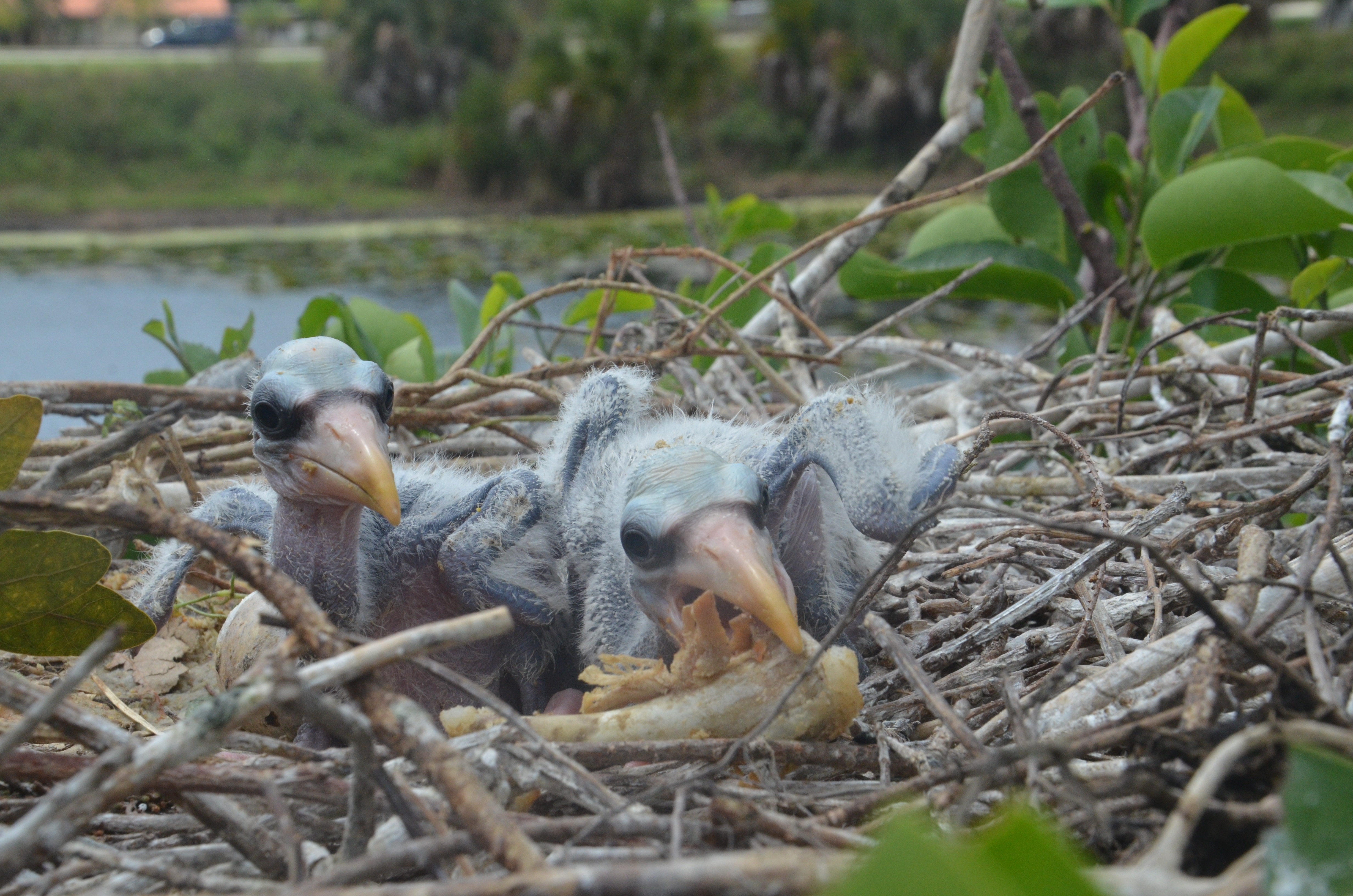
Hots Dogs, Chicken Wings and City Living Helped Wetland Wood Storks Thrive
Using the Wood Stork, researchers compared city storks with natural wetland storks to gauge their success in urban environments based on their diet and food opportunities. Results provide evidence of how a wetland species persists and even thrives in an urban environment by switching to human foods like chicken wings and hots dogs when natural marshes are in bad shape. These findings indicate that urban areas can buffer a species from the unpredictability of natural food sources.

Global Methane Emissions Soaring, But How Much Was Due to Wetlands?
A Q&A with Berkeley Lab scientist William Riley on the challenges in estimating methane emissions from wetlands and how nuanced computer models may help
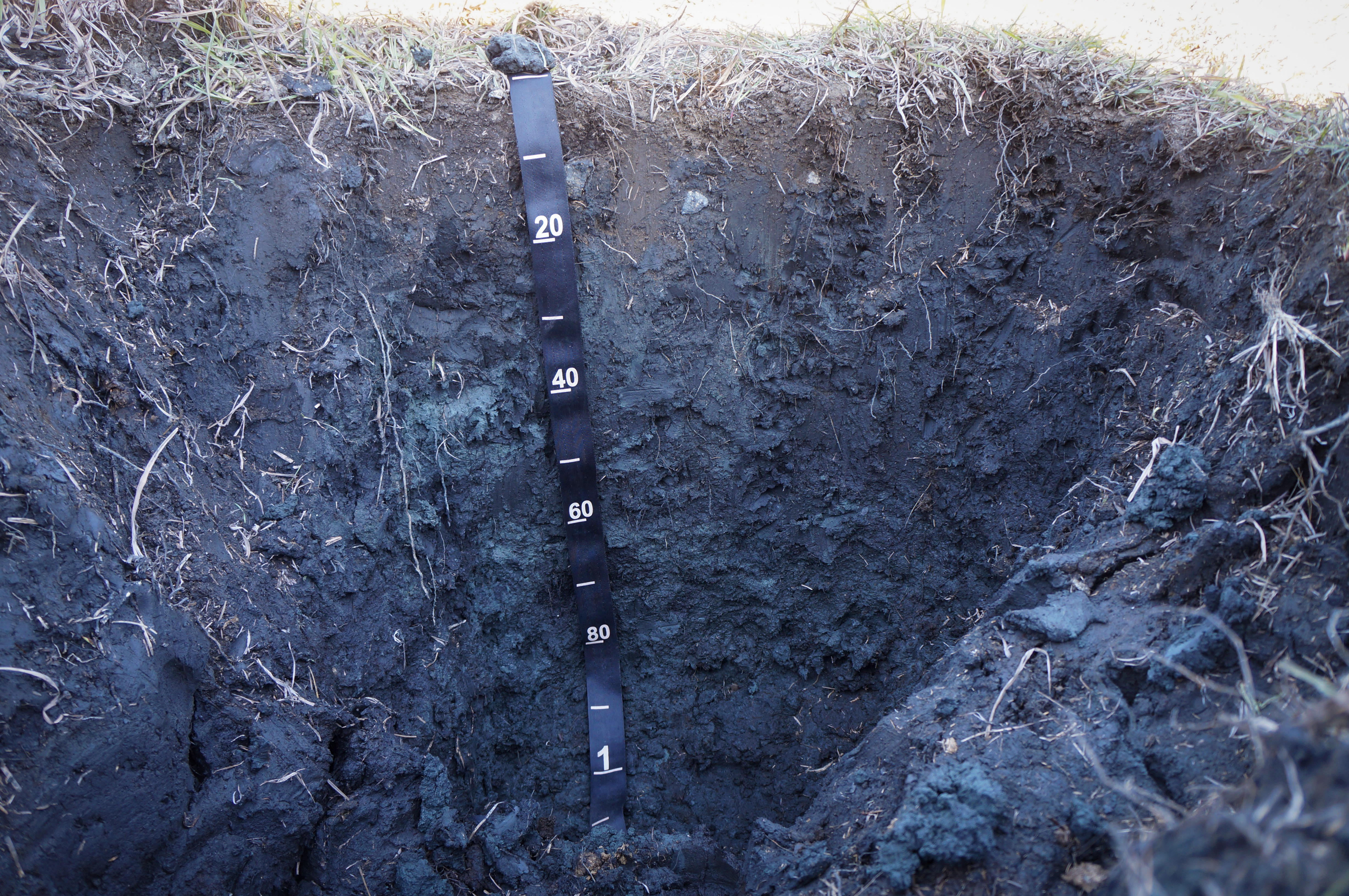
The story behind a uniquely dark, wetland soil
Areas where landslides are common make hydric soil identification tricky
Large boreal peatland complexes near their southern range limit are likely threatened by warmer climate
In the Adirondacks, the black spruce, tamarack, and other boreal species are being overcome by trees normally found in warmer, more temperate forests. These invaders could overtake a variety of northern species, eliminating trees that have long been characteristic of Adirondack wetlands.
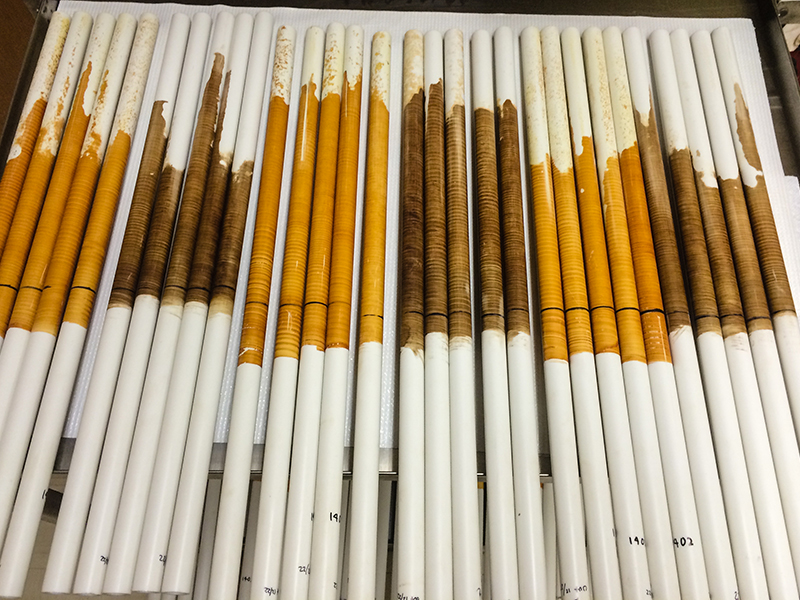
Solving the mysteries of water and air underground
The mysterious capillary fringe has huge effects on the soil, and new research tells us how it works.
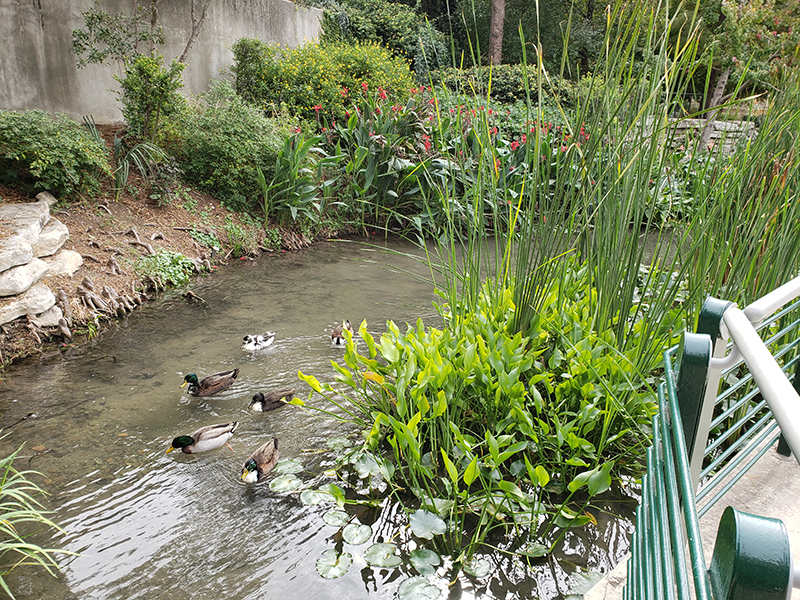
What’s being done to restore wetlands?
Restoration projects bring back the ecological and societal benefits of wetland ecosystems

UIC study examines impact of Chicago River reversal on region’s aquatic environments, fauna
Prior to European settlement, wetlands, lakes and streams were the major landscape features of the Chicago region. Much of this has been altered or lost in the past 150 years, most notably by the reversal of the Chicago River in 1900 with the construction of the Sanitary and Ship Canal. Many animal species that lived in these habitats also disappeared.

Wetlands, crops can mitigate storm damage to coastal cities, study led by UAH finds
Coastal cities can be spared some wind destruction from intensifying hurricanes or tropical storm systems if they have functional wetland ecosystems and agricultural croplands in the area, according to new computer modeling.

BYE-BYE, BEACHES
Those beaches, as we know them today at least, almost certainly will not last. By the end of the 21st century, more than $150 billion in property along our coast could be under water. That’s because the level of the sea is rising at an alarming rate, putting these areas at risk for devastating floods.